AO Edited
Moses Mendelssohn Memorial
The original burial place of this preeminent 18th-century Jewish philosopher was razed by the Nazis.
A savant whose works ranged from metaphysics and politics to theology and literary criticism, Moses Mendelssohn made an indelible impression on both Jewish and German intellectual life long after his death in 1786.
Considered one of the fathers of the Haskalah, or “Jewish Enlightenment” movement of the 18th and 19th centuries, philosopher Moses Mendelssohn came from humble beginnings. Born in 1729 to an impoverished family in Dessau, Mendelssohn moved to Berlin as a teenager, where he became enmeshed in cosmopolitan Prussian life while engaging in his own intellectual pursuits. In 1763, already an accomplished scholar and prolific writer, Mendelssohn won an essay contest hosted by the Prussian Academy of Arts. The award prompted King Frederick the Great to grant Mendelssohn the status of Schutzjude—a Jew with protected status—at a period when Jews enjoyed little protection or recognition under the law. Throughout his career, Mendelssohn was an advocate of Jewish enfranchisement and assimilation into Prussian society.
After his death, Mendelssohn was buried in the Alter Jüdischer Friedhof (Old Jewish Cemetery). Established in 1672, it is the oldest Jewish cemetery in Berlin. The cemetery’s first occupants were Berlin’s so-called Schutzjuden, who were allowed to reside in the city by royal edict. The cemetery continued to operate until 1827, when a new Jewish cemetery was constructed to alleviate over-crowing. By the time of its closure in 1827, the Alter Jüdischer Friedhof was believed to have had approximately 2,767 interments in its 5,900 square meters (63,500 square feet).
The cemetery remained an important site for Jewish life in Berlin until the Holocaust. In 1942, a Jewish retirement home neighboring the cemetery was used by the Nazis to house 55,000 Jewish Berliners before their deportation to concentration camps. After the retirement home was emptied, both it and the cemetery were destroyed. The Nazis began using the cemetery as an air raid shelter, using tombstones as wall reinforcements and digging trenches through the graveyard, discarding the remains that they encountered. In 1945, the cemetery was used as a mass burial site for an estimated 3,000 soldier and civilian victims of Allied air raids.
At the end of World War II, the cemetery was ceded back to the Jewish community by the East German government. The site was renovated in 2008, when some of the remaining tombstone fragments were assembled along the wall of the cemetery. A memorial honoring Moses Mendelssohn is the only free-standing tombstone in the burial grounds.
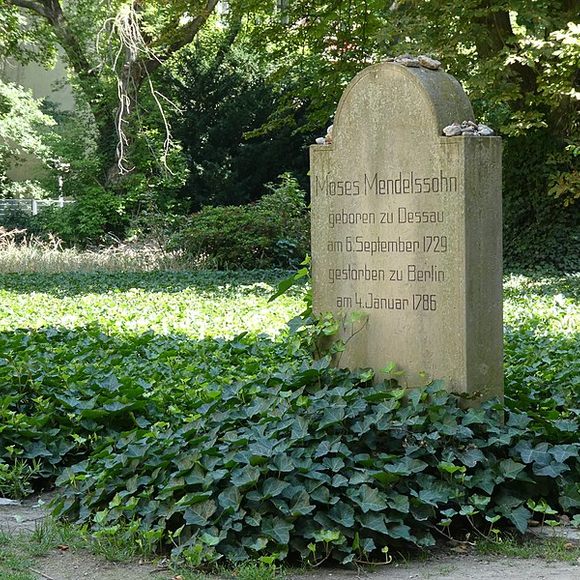


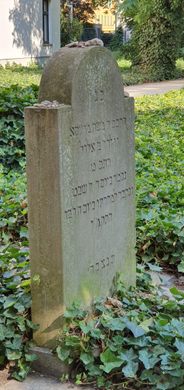
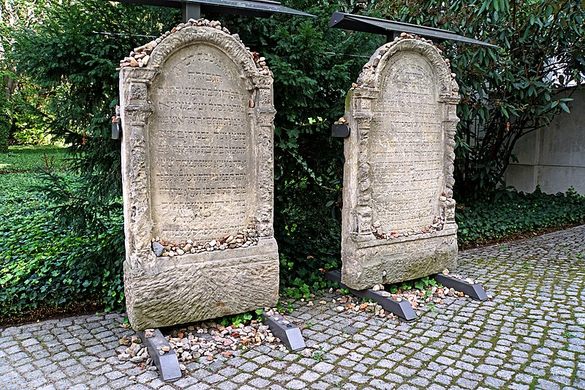
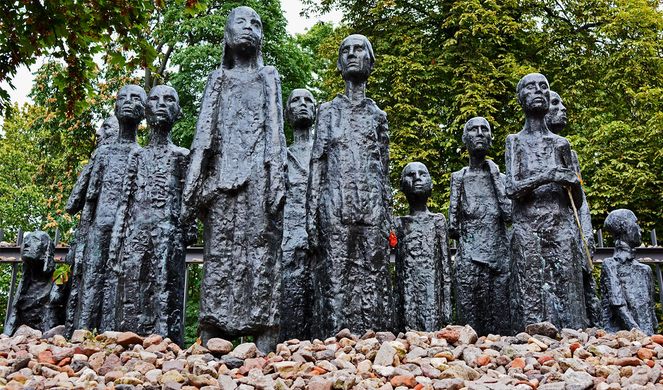

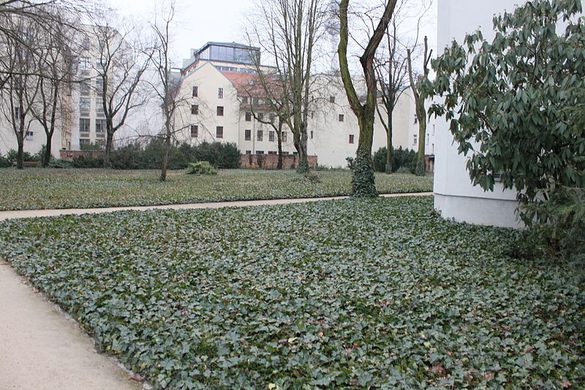
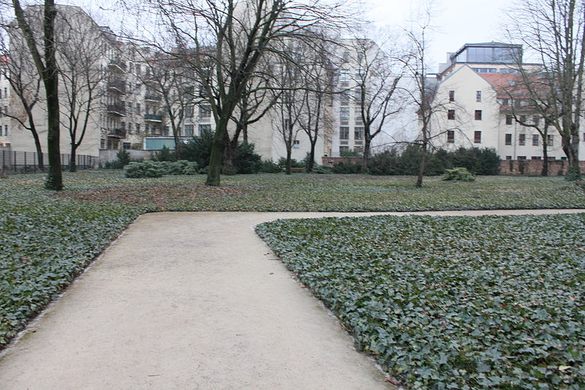
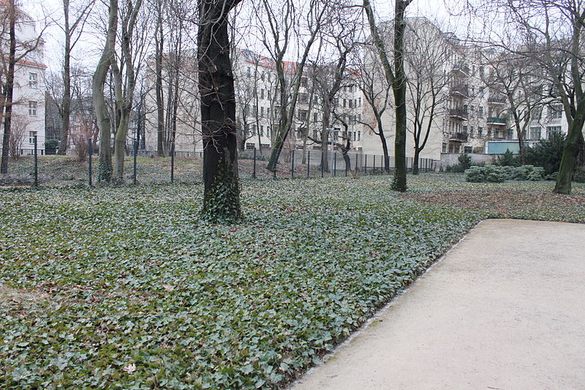
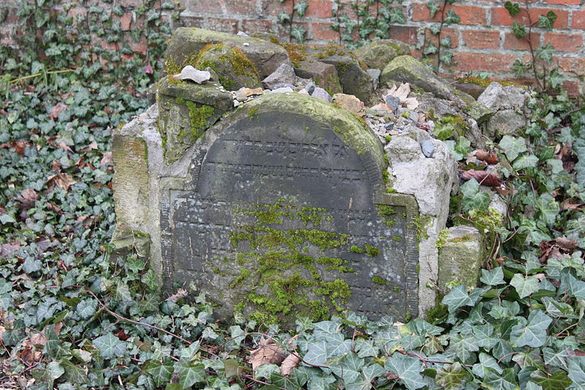

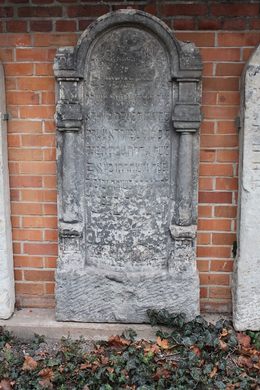
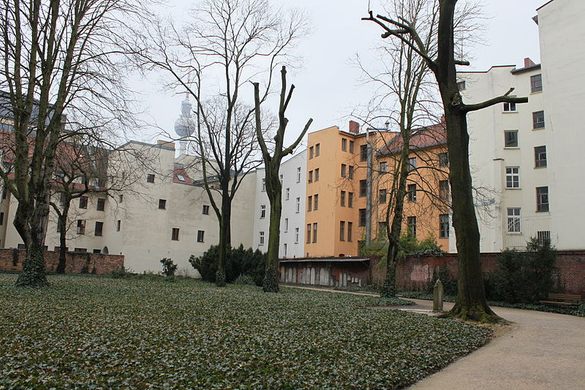
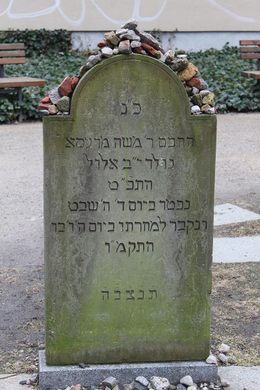
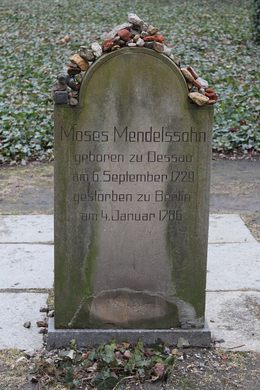
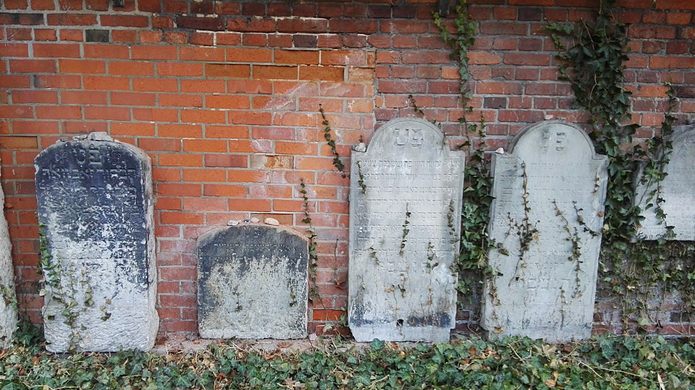
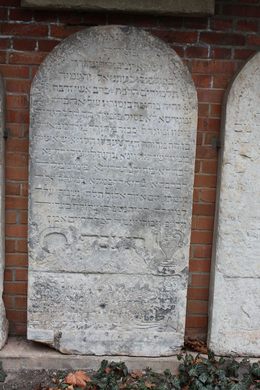
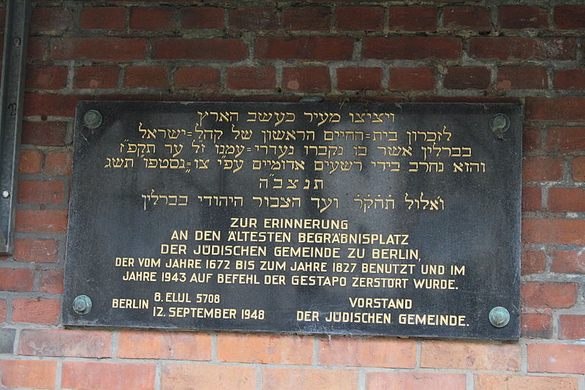
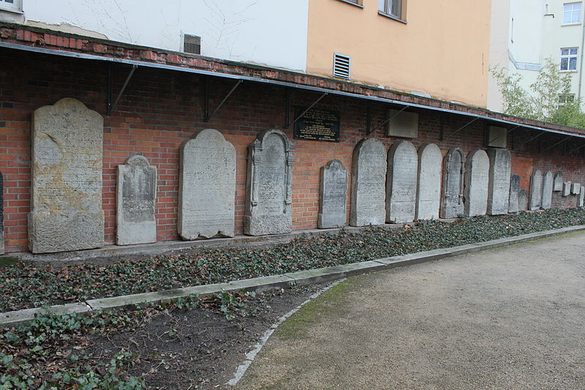


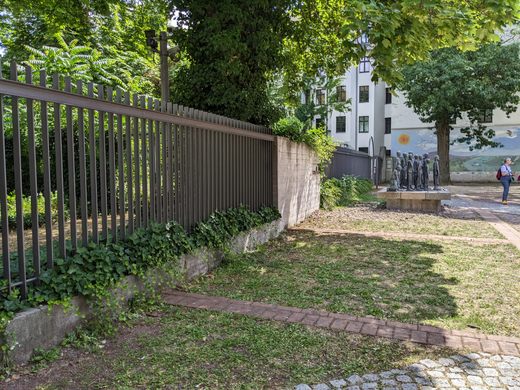











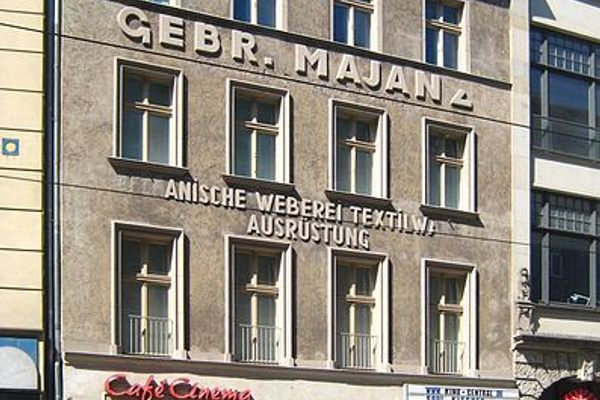
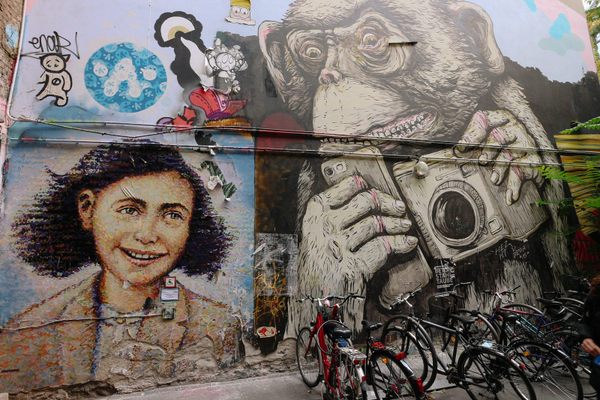
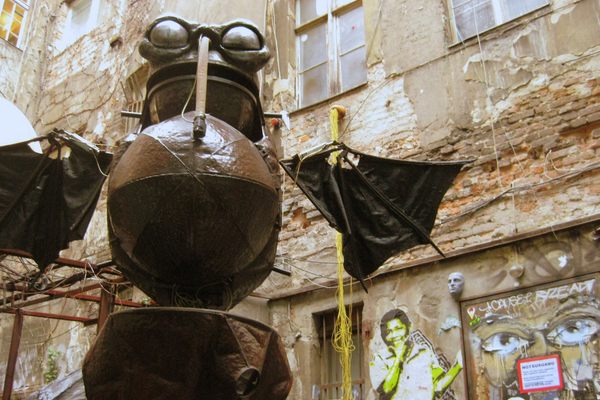



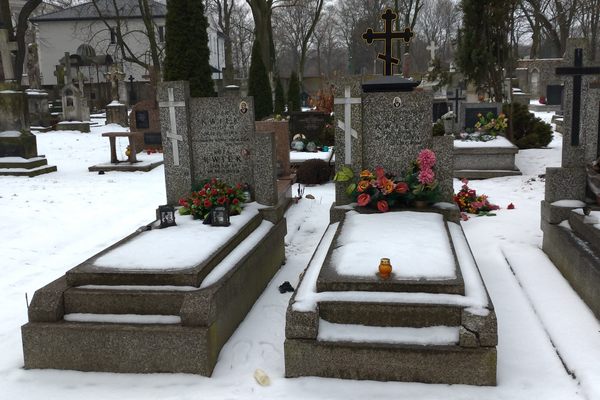

Follow us on Twitter to get the latest on the world's hidden wonders.
Like us on Facebook to get the latest on the world's hidden wonders.
Follow us on Twitter Like us on Facebook